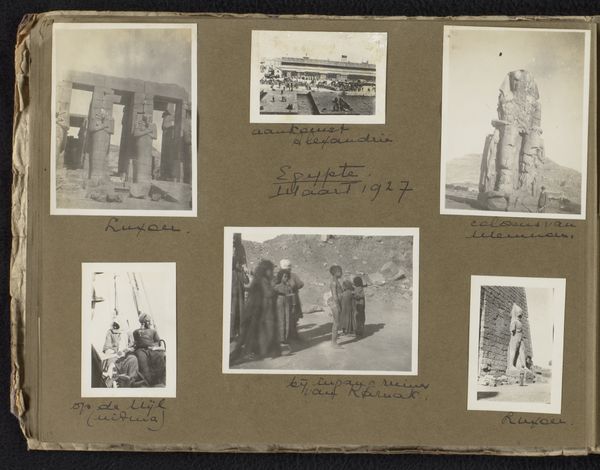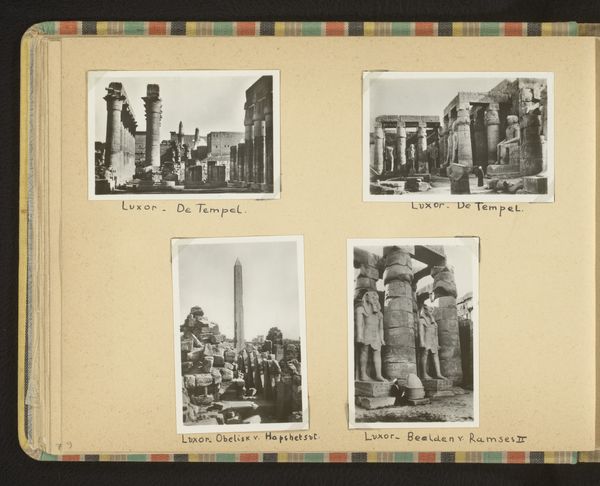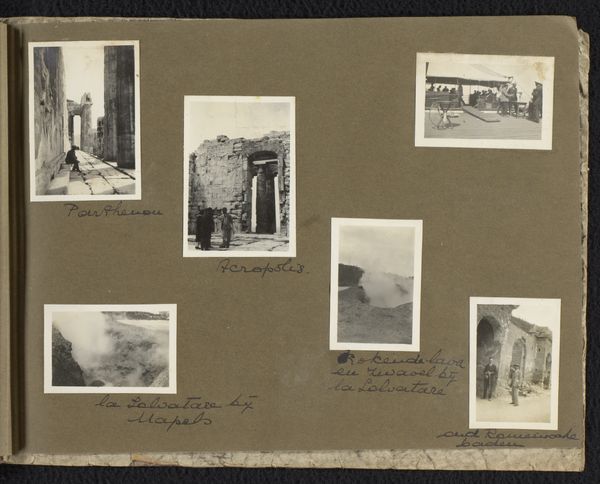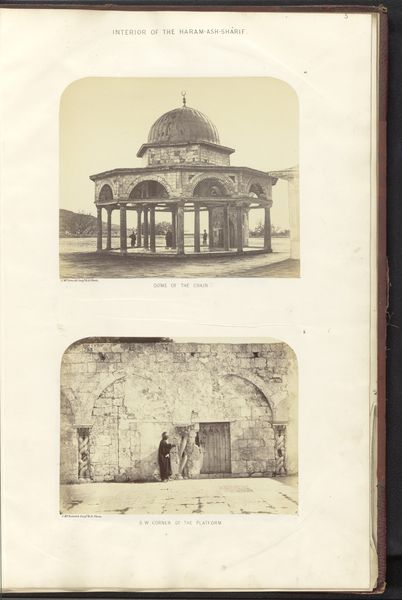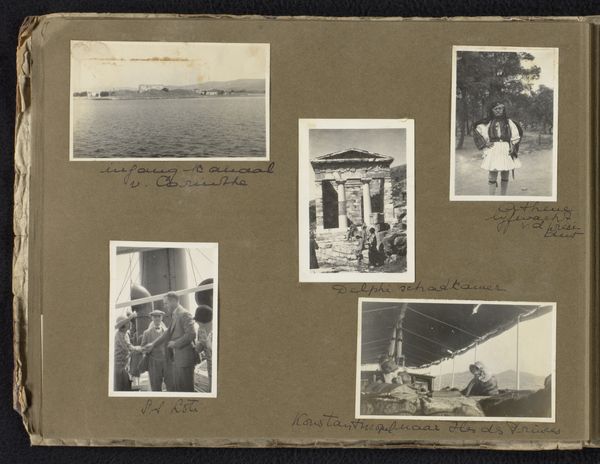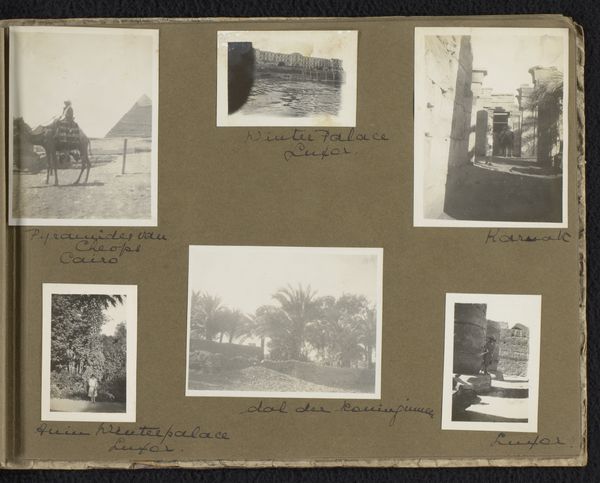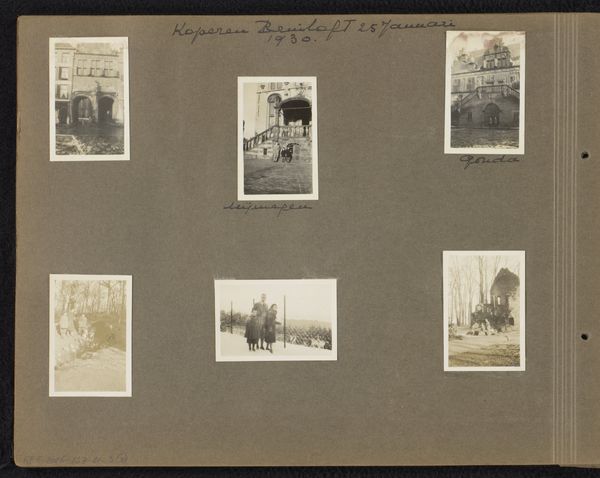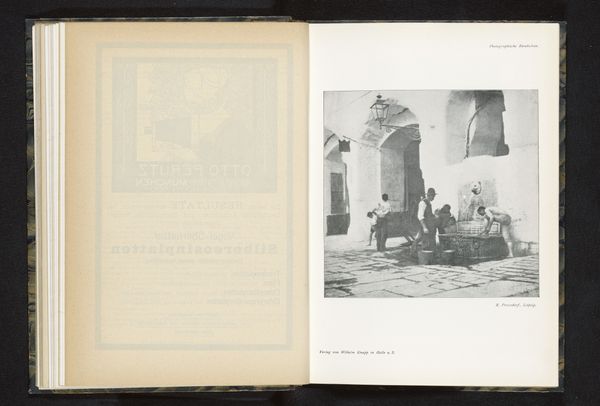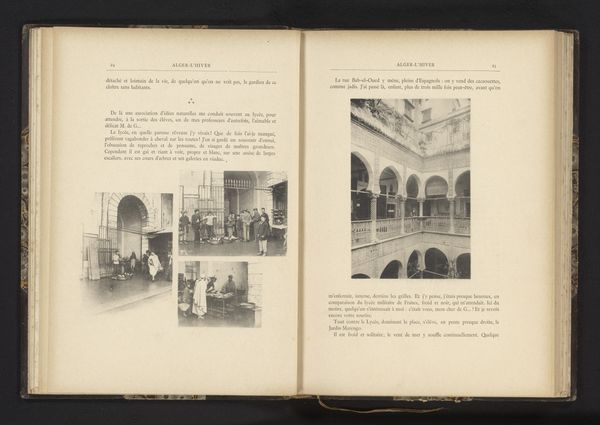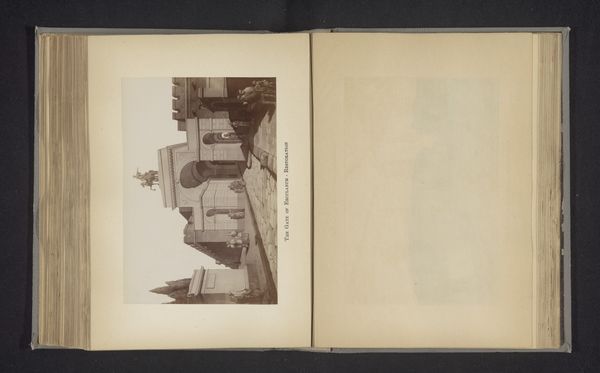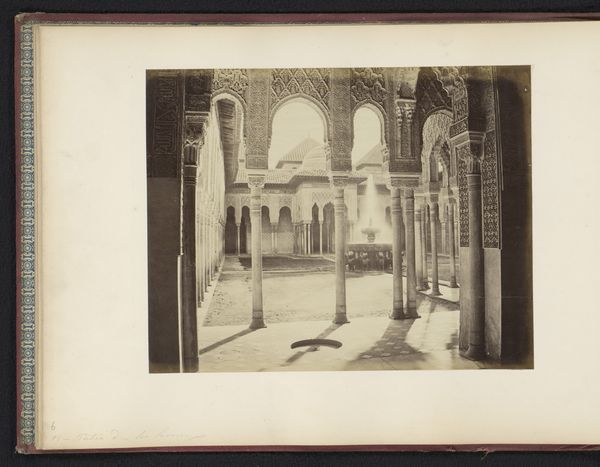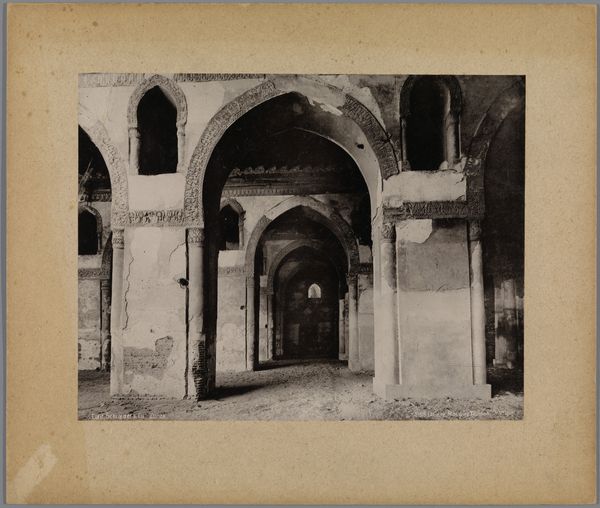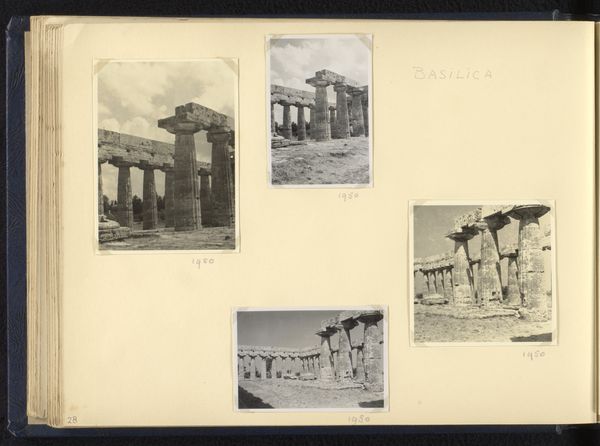
print, photography, gelatin-silver-print
# print
#
street-photography
#
photography
#
gelatin-silver-print
#
cityscape
#
islamic-art
#
street
Dimensions: height 230 mm, width 310 mm
Copyright: Rijks Museum: Open Domain
Curator: Here we have Carolina (Loentje) Frederika Onnen’s “Five Photos of Istanbul,” taken between 1926 and 1929. They're a series of gelatin silver prints capturing different aspects of the city. My initial impression is quite somber; the monochrome palette and composition impart a feeling of distance and historical weight. Editor: Indeed. There’s a certain melancholy, almost, communicated by the architecture, and a kind of isolation, too, from what I presume are intended to be city scenes, almost like ruins of former times rather than active public spaces. Let’s consider that each scene is, in essence, a carefully chosen image; and if Onnen chooses to give us these pictures, then it must reveal her thoughts, position, and status during this particular timeframe, and that in turn opens all sorts of considerations about gender, power, identity, etc. What's your read on some of the iconography present? Curator: Each image seems to depict sites significant in some sense; burial sites, an ornate fountain in a courtyard, etc., which implies that the photographer had an interest in these elements. The cemetery shot particularly draws my attention. These images reflect the Ottoman world as being in retreat, after World War I; but then we have these pictures showing the resilience of Islamic tradition via ritual in daily life. And how are those conveyed? By recurring motifs like minarets and fountains. What would you make of those images and symbols? Editor: The prevalence of fountains – signs of civilization itself; of planned, life-giving space within urban structures speaks directly to Islamic conceptions of charity, which dictates care of the sick and travelers, as well as provisions for purification, all under God's rule. Those are core considerations under Islamic beliefs that still carry great influence today, not just on people’s customs but politics too. Considering the context, that part of the world was going through great changes. What significance does she place on these? How did Onnen navigate through this culture, particularly with regards to her own European identity and, maybe, class standing? Curator: That’s exactly the question we need to ask, as Onnen's position surely would impact her interpretation and artistic decisions; there might be tensions between Orientalist perspectives and a genuine attempt at cross-cultural understanding that deserve closer examination and critique. And of course, gender matters immensely here: a female photographer at that time in that specific cultural environment… It makes this collection of pictures highly important not only for the artistic expression it portrays, but also for its ability to bring forth dialogues of all kinds from an intersectional and historical framework. Editor: Absolutely. Those photographic prints allow us to see the visible as only a surface, an entry point for deeper conversations about people, power, cultural understanding and much, much more. It's through these dialogues that artworks really come alive.
Comments
No comments
Be the first to comment and join the conversation on the ultimate creative platform.
